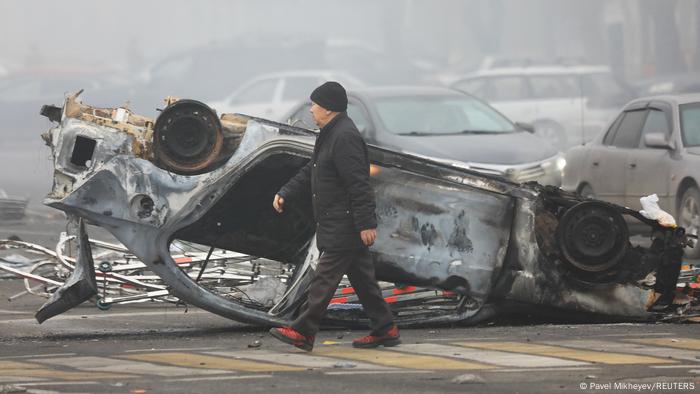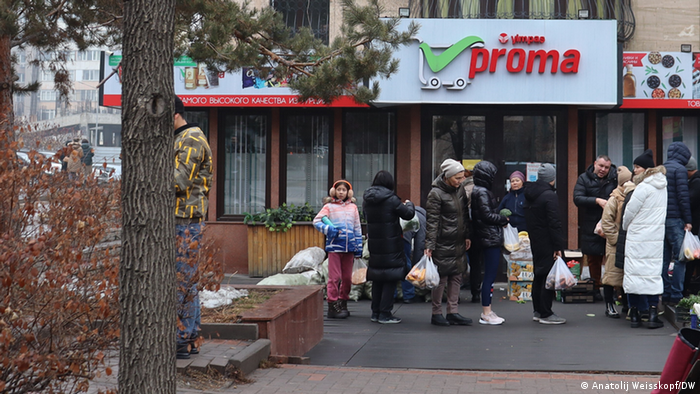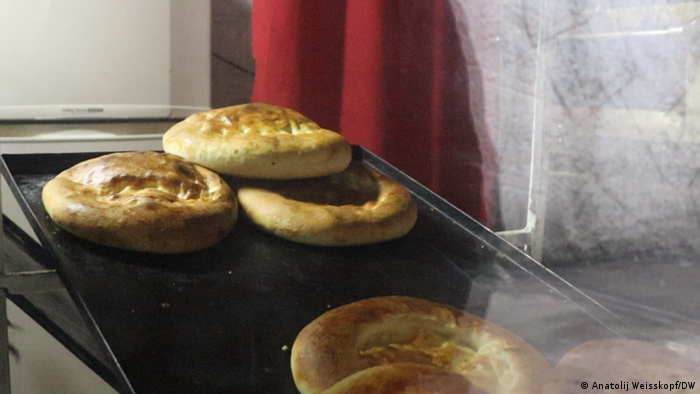
The Marble Arch Mound will close on Sunday. File Photo courtesy City of Westminster
Jan. 8 (UPI) -- London's $8 million Marble Arch Mound attraction will close on Sunday after receiving widespread mockery on social media since its opening six months ago.
The Mound, an artificial hill tourist attraction at the corner of Hyde Park and Oxford Street, promised lush vegetation, unique city views and a light exhibition inside, but when it opened July 26, visitors said it did not deliver on its promise, The Guardian and CNN reported.
It led to widespread mockery on social media, with pictures showing scaffolding used in the structure's development still visible and lush greenery clearly lacking, according to CNN.
The inside of the structure was marketed as "descending into the heart," but it felt "a little soulless rather than a beating heart, an empty space used to store hand sanitizer and temporary signs," a review for The Critic said, which also noted the light exhibition wasn't there in its opening days.
Stuart Love, Westminster's chief executive, admitted in a statement it "wasn't ready for visitors," when it opened.
"London's business and residents have suffered through the pandemic and we built the Mound as part of our bigger plan to get people back into the city and into the shops, restaurants, theatres and to see the amazing sights the West End has to offer," Love continued in the July statement. "We wanted to open the Mound in time for the summer holidays and we did not want to disappoint people who had already booked tickets. We made a mistake and we apologize to everyone who hasn't had a great experience on their visit.
The project's leader ended up resigning less than a month after the Mound's opening.
"With regret, I have accepted the resignation of my deputy leader, Melvyn Caplan, who led the Mound project," council leader Rachael Robathan said in an August statement to The Guardian. "We have also instigated a thorough internal review to understand what went wrong and ensure it never happens again."
Findings from the internal Westminster Council review released in October cited multiple failures, including failure of project management, mismanagement of project finances by senior officers responsible for the project and lack of effective governance and oversight.
Still, the council defended the project ahead of its closing in a statement to The Guardian.
"The Mound has done what it was built to do -- drawn crowds and supported the recovery in the West End," a spokesperson for the council said in the statement. "Central London's economy has suffered more than any other area during the pandemic. With football slashed and near-total loss of overseas tourists, many business have faced oblivion.
"We're really pleased that nearly 250,000 visitors have come to Westminster to see The Mound and the terrific light exhibition inside," the spokesperson added. "Those visitors have gone onto spend money in shops, bars and restaurants across the West End- helping local businesses to get back on their feet."






 Since Kazakhstan's independence from the Soviet Union in 1991, founding president Nursultan Nazarbayev has been synonymous with the country Photo: AFP / NICHOLAS KAMM
Since Kazakhstan's independence from the Soviet Union in 1991, founding president Nursultan Nazarbayev has been synonymous with the country Photo: AFP / NICHOLAS KAMM


















